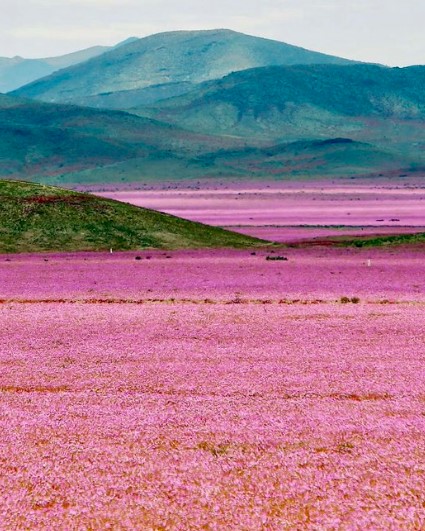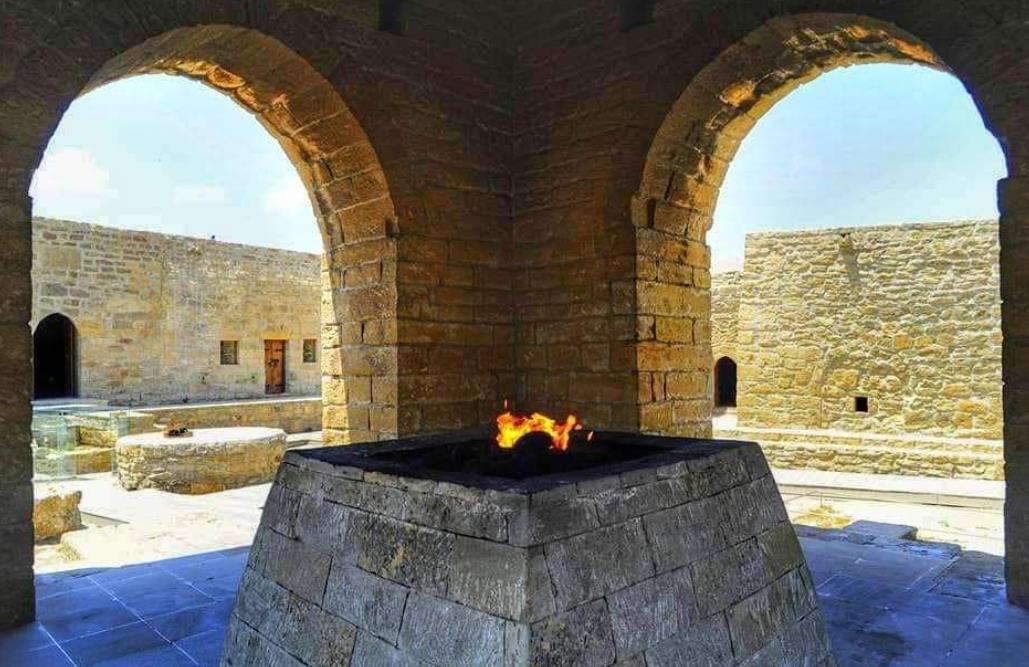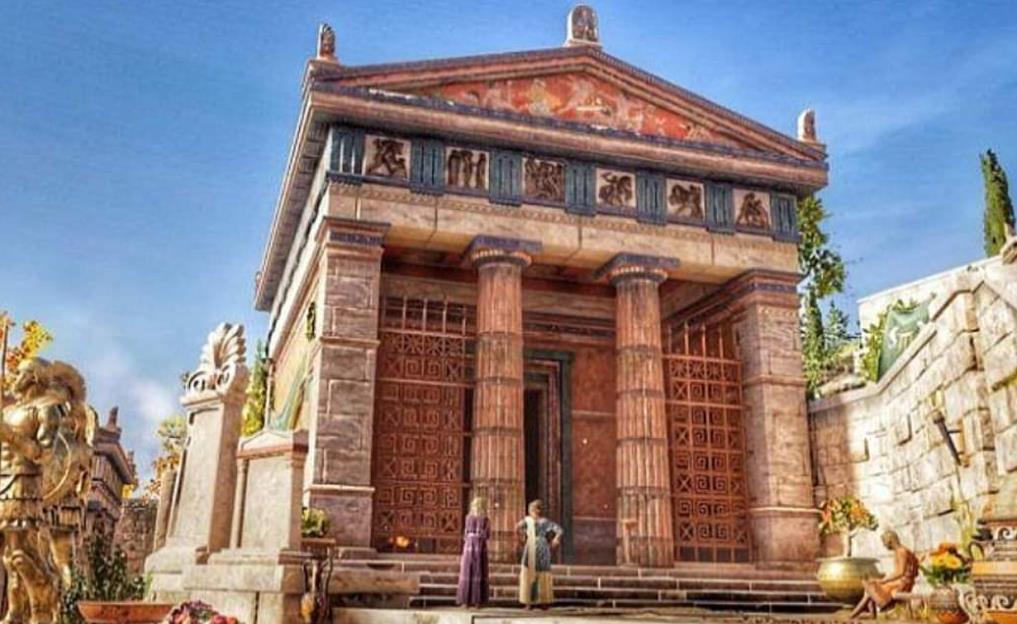Of all the mountains in Japan, Mount Fuji stands out as a particularly significant cultural symbol. Since Japan is one of the most mountainous countries in the world, it is not surprising that mountain worship has a long history in Japanese culture. Standing at 12,388 feet, it is the country’s tallest mountain. Both Shinto and Buddhism, Japan’s two major religions, consider Mount Fuji to be sacred, and Japanese people from all walks of life attest to the power of this natural symbol that is so deeply ingrained in the consciousness of the country.
Like its geologic history, the sacred history of Mount Fuji has evolved over time as various religions, beliefs, and myths have added new layers. This mountain, which is called Mount Fuji, represents the quest for beauty and perfection that has shaped so much of Japanese culture, both secular and sacred, according to author Edwin Bernbaum. Mount Fuji is a composite volcano that grows larger as layer upon layer of lava and ash builds up on its slopes.
A tradition of beliefs and rituals known as santoku shinko (mountain creed) dates back thousands of years and was woven into the broader veneration of nature when Shinto, the native religion of Japan, emerged sometime before the sixth century AD. Shinto believes that natural features like trees, lakes, streams, rocks, and mountains are home to spirits known as kami, who have the power to control human affairs and respond to human prayer and ritual. Kami are thought to be concentrated in mountain areas, and shrines have been built to commemorate these hallowed locations.
By adopting Shinto sacred mountains as pilgrimage sites, Buddhists, who saw mountain climbing as a metaphor for spiritual ascent to enlightenment, further developed the practice of mountain worship when they brought Buddhism from China in the sixth century AD. In the ninth century, a religious sect known as Shugendo emerged, basing its doctrine and practice on the belief that practitioners could commune with deities on mountain summits and thus obtain supernatural powers.
As a volcano that erupted frequently, it is not surprising that the name “Fuji” came from an indigenous Ainu word meaning “deity of fire.” In 800 AD, a shrine was built near the base of the mountain in an attempt to appease the god responsible for the eruptions. Later, Fuji came to be known as the home of the Shinto goddess Konohana Sakuya Hime, also known as the “Goddess of Flowering Trees.” To this day, she remains the primary deity of the sacred mountain, revered in Shinto shrines at the base and summit, one of which was originally built for an older fire god and honored with a fire ceremony at the end of each year’s climbing season.
In the 14th century AD, Shugendo practitioners established the first climbing route to lead pilgrims to the summit of Fuji. Four centuries later, Fuji-ko, societies devoted to the worship of Fuji, became a major religious movement and inspired thousands of people to embark on annual pilgrimages. Others who were unable to climb used the lava sand from the mountains to create miniature Fujis in home gardens and Shinto shrines. Buddhists also came to regard Fuji as the abode of the Buddha of All-Illuminating Wisdom.
In addition to being an important religious center, Mount Fuji is home to nearly 2000 religious organizations, including one of the largest Buddhist sects in Japan. Even today, pilgrims, including members of Fuji-ko, still climb the mountain. Some stop to worship at the shrine of Konohana Sakuya Hime, pray at summit altars, or ritually circumambulate the volcano’s crater. Others climb the mountain out of tradition rather than genuine Fuji worship.
Read More: Chile’s Atacama Desert, The Driest Place Experiences Periodic Blooms





